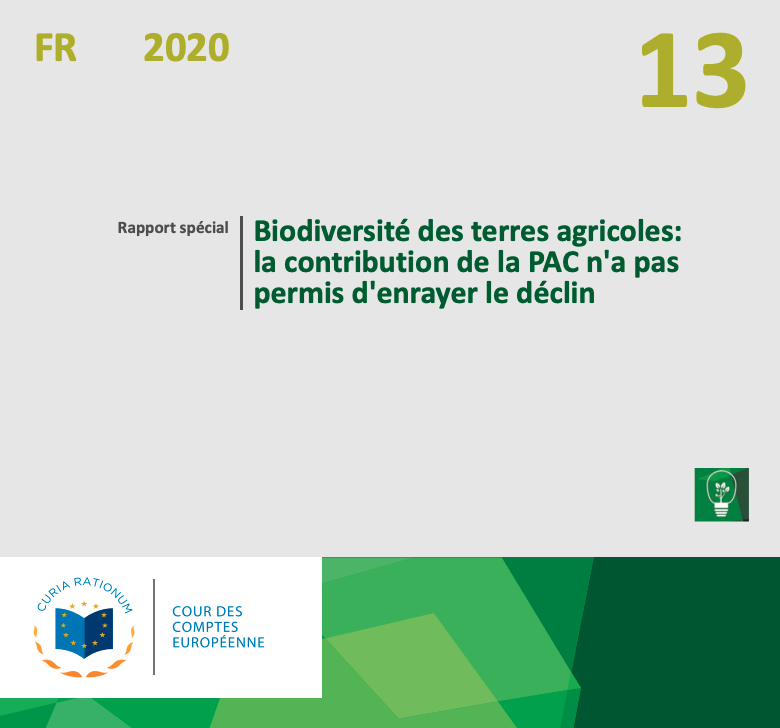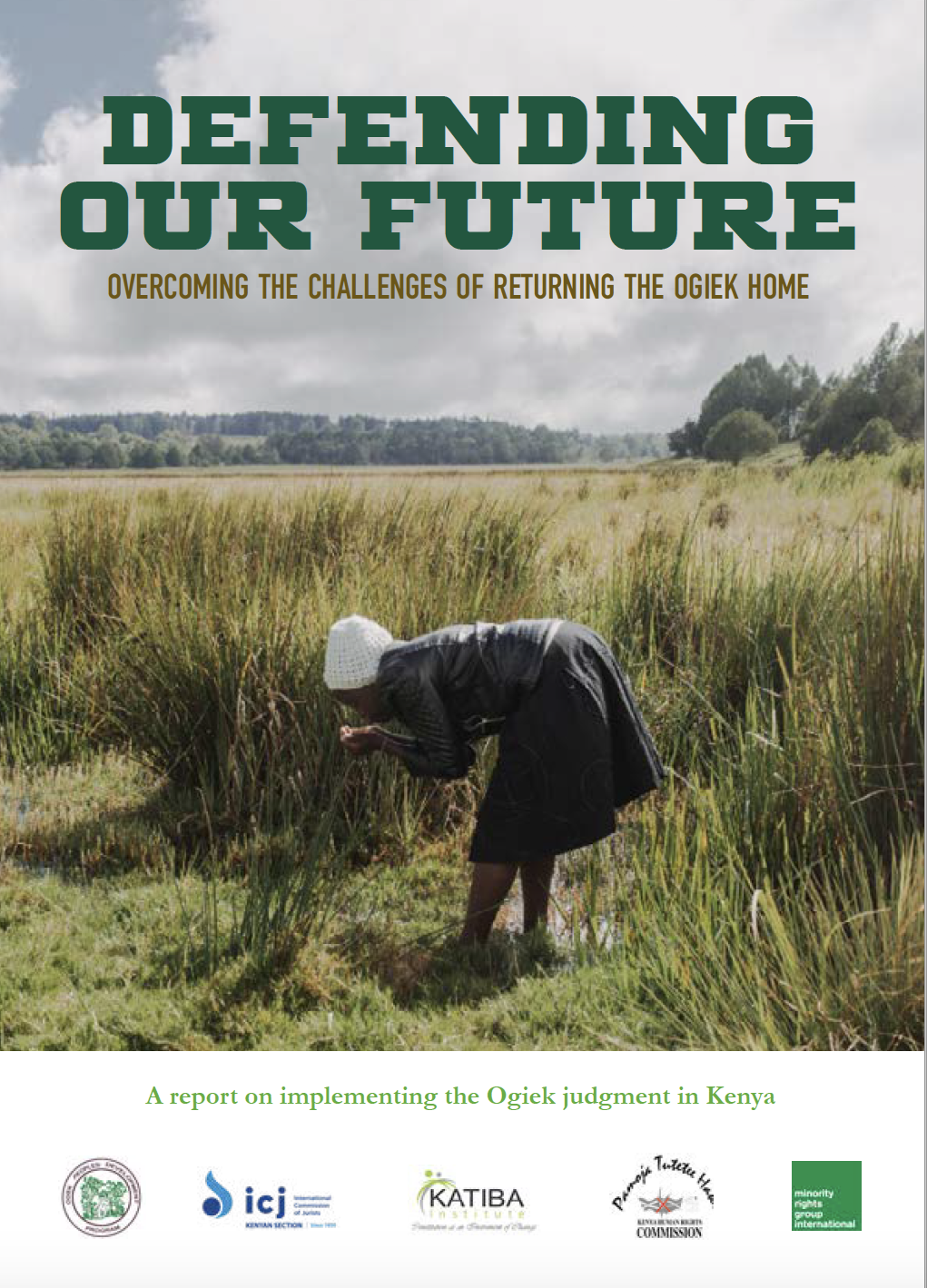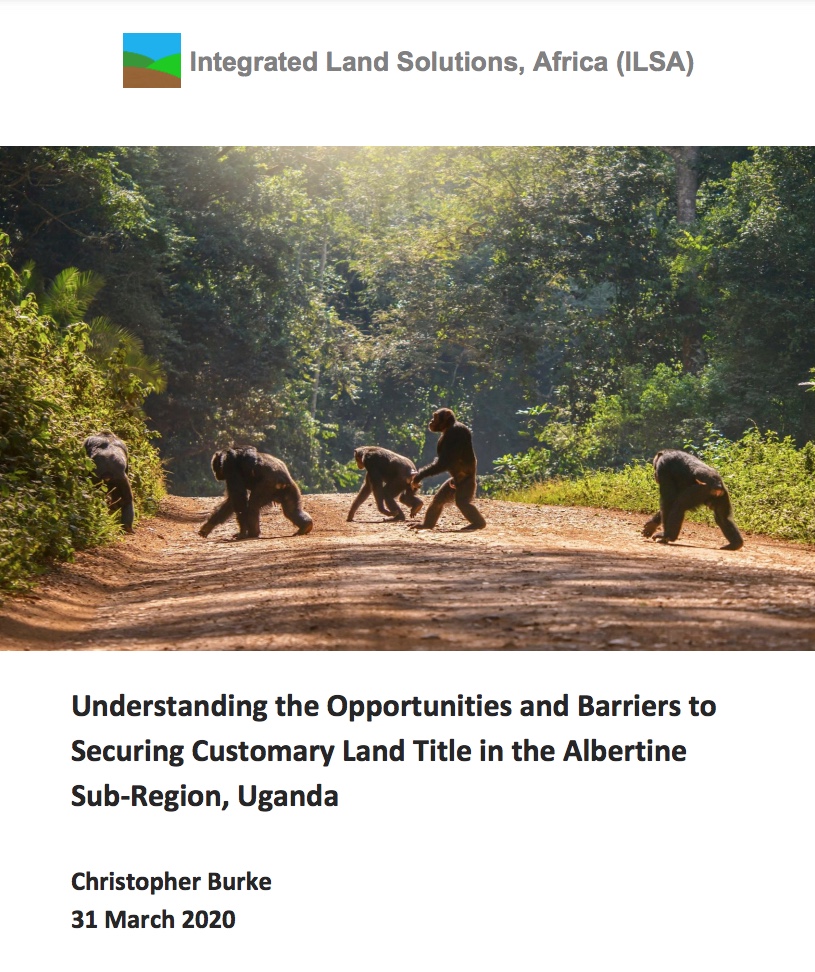Rapport spécial 13/2020: Biodiversité des terres agricoles: la contribution de la PAC n´a pas permis d´enrayer le déclin
En Europe, l'abondance et la variété des espèces animales présentes sur les terres agricoles – la «biodiversité des terres agricoles» – connaissent un déclin marqué. L'UE s'était pourtant engagée à enrayer la perte de biodiversité d'ici 2020. À cet effet, la Commission a prévu d'allouer 66 milliards d'euros au titre de la politique agricole commune entre 2014 et 2020.






